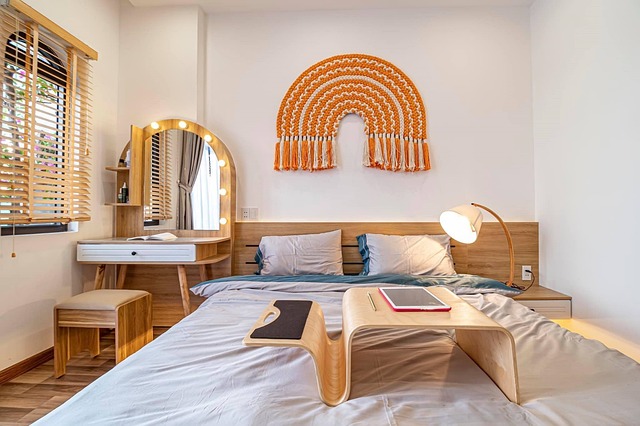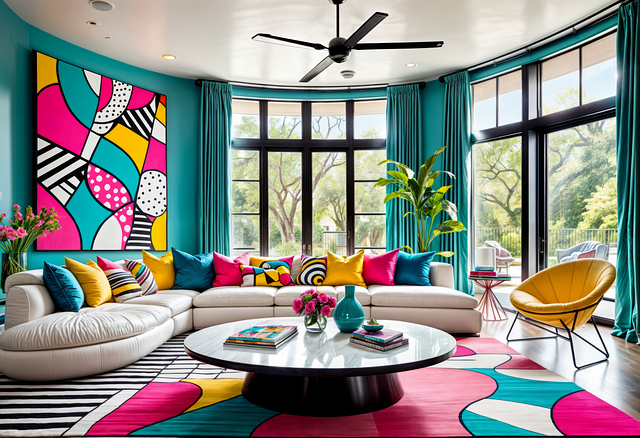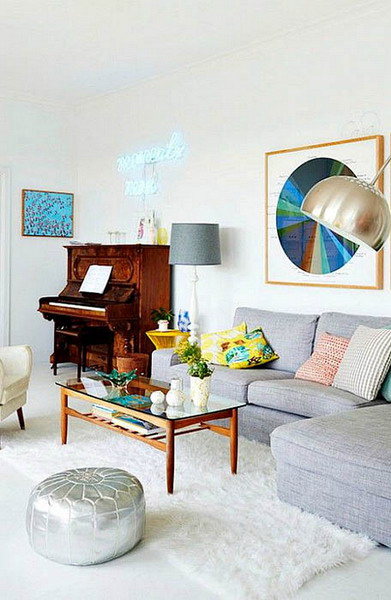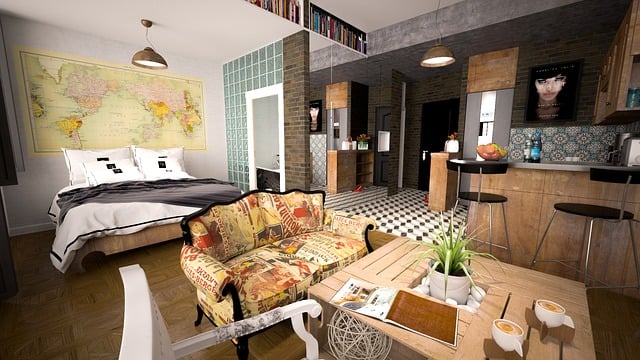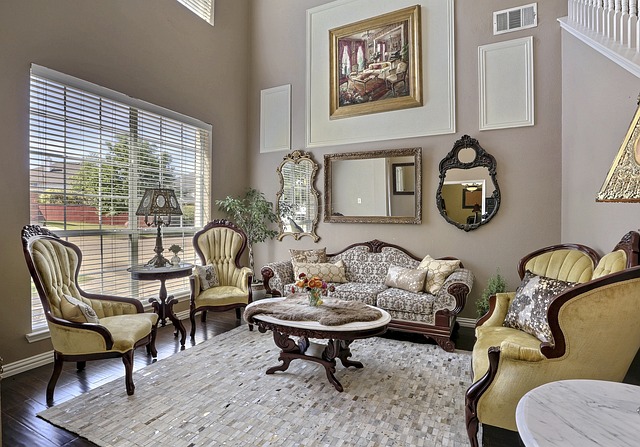Minimalist Scandinavian Design Trends for 2025
Scandinavian design is renowned for its simplicity, functionality, and elegance. As we move into 2025, the appeal of minimalist Scandinavian design continues to grow, driven by a desire for uncluttered, comfortable, and sustainable living spaces. This article explores the latest trends in minimalist Scandinavian design, offering insights and practical tips for creating a stylish and serene home.
The Core Principles of Scandinavian Design
Scandinavian design is characterized by several core principles:
Simplicity and Functionality
Design elements are kept simple and functional, ensuring that every piece serves a purpose. This creates a clean, uncluttered look.
Natural Materials and Neutral Colors
Natural materials like wood and stone are commonly used, paired with neutral colors such as whites, grays, and beiges to create a calm and harmonious environment.
Clean Lines and Uncluttered Spaces
Scandinavian design emphasizes clean lines and open spaces, promoting a sense of order and tranquility.
Focus on Light and Openness
Maximizing natural light is a key aspect of Scandinavian design, with large windows and light-colored walls helping to create bright and airy spaces.
Key Trends in Minimalist Scandinavian Design for 2025
Sustainable and Eco-Friendly Materials
Sustainability is a major trend in 2025, with a focus on using eco-friendly materials such as reclaimed wood, recycled textiles, and natural fibers.
Integration of Smart Home Technology
Smart home technology is being seamlessly integrated into Scandinavian design, enhancing functionality without compromising on aesthetics. This includes smart lighting, heating systems, and home automation devices.
Emphasis on Comfort and Coziness (Hygge)
The concept of Hygge, which emphasizes comfort and coziness, continues to influence Scandinavian design. Soft textiles, warm lighting, and inviting furniture create a welcoming atmosphere.
Use of Multifunctional Furniture
Multifunctional furniture is a key trend, offering practical solutions for small spaces. Examples include sofas with hidden storage, extendable dining tables, and modular shelving units.
Incorporation of Biophilic Elements
Biophilic design, which connects people with nature, is becoming increasingly popular. Incorporating plants, natural materials, and outdoor views enhances well-being and creates a serene environment.
Color Palettes and Materials
Trending Neutral Colors
The classic Scandinavian color palette of whites, grays, and beiges remains popular, providing a timeless and versatile base for interior design.
Accent Colors for 2025
Muted blues, greens, and earth tones are trending as accent colors, adding subtle warmth and depth to neutral spaces.
Popular Materials
Wood, stone, and natural fabrics like linen and wool are widely used, contributing to the natural and organic feel of Scandinavian interiors.
Combining Textures
Mixing different textures, such as smooth wood with rough stone or soft textiles with metal accents, creates visual interest and adds depth to minimalist designs.
Furniture and Decor
Key Furniture Pieces
Essential furniture pieces in Scandinavian design include sleek sofas, functional tables, and smart storage solutions. These pieces are characterized by their clean lines and minimalist forms.
Multifunctional and Modular Furniture
Multifunctional and modular furniture is becoming increasingly important, especially in smaller living spaces. These pieces offer flexibility and adaptability, making them ideal for modern homes.
Ergonomic and Comfortable Designs
Comfort is a priority in Scandinavian design. Ergonomic chairs, plush sofas, and cozy textiles ensure that spaces are not only beautiful but also comfortable and inviting.
Decorative Elements
Minimalist art, thoughtfully chosen lighting, and subtle decorative accessories add personality to Scandinavian interiors without overwhelming the simplicity of the design.
Practical Tips for Implementing Minimalist Scandinavian Design
Decluttering and Organizing Spaces: Start by decluttering and organizing your space. Keep only what you need and love, and ensure that everything has its place.
Choosing Quality over Quantity: Invest in high-quality furnishings and decor. Scandinavian design values quality and craftsmanship over quantity.
Maximizing Natural Light: Use light colors on walls and furniture to reflect natural light, and keep windows unobstructed to let in as much light as possible.
Incorporating Nature: Bring nature indoors with plants, natural materials, and views of the outdoors. This enhances the connection with nature and promotes well-being.
Creating Cozy Atmospheres: Use soft textiles, warm lighting, and comfortable furniture to create cozy and inviting spaces that embody the concept of Hygge.
Case Studies: Exemplary Scandinavian Interiors
Residential Spaces
Examples of minimalist Scandinavian homes highlight the use of natural materials, neutral color palettes, and functional designs. These homes demonstrate how simplicity can create beautiful and practical living spaces.
Commercial Spaces
Offices, cafes, and hotels are adopting Scandinavian design principles to create welcoming and efficient environments. The emphasis on light, simplicity, and functionality enhances productivity and comfort.
Public Spaces
Libraries, museums, and community centers showcase Scandinavian design through open layouts, natural materials, and thoughtful decor. These spaces provide a sense of calm and order.
Challenges and Considerations
Balancing Minimalism with Personalization: While minimalism emphasizes simplicity, it’s important to add personal touches to make the space feel like home.
Ensuring Sustainability: Choose materials and products that are sustainably and ethically sourced. This supports the environment and aligns with Scandinavian design values.
Avoiding a Sterile Appearance: Incorporate textures, natural materials, and warm colors to avoid a cold or sterile look. Aim for a balance between simplicity and coziness.
Budget Considerations: High-quality Scandinavian design pieces can be expensive. Prioritize key pieces and look for affordable options that maintain quality and style.
The Future of Minimalist Scandinavian Design Beyond 2025
The future of Scandinavian design looks promising, with continued innovation and a focus on sustainability. Emerging trends include the integration of digital art, smart home technology, and a greater emphasis on wellness. As consumer preferences evolve, Scandinavian design will adapt to meet the needs of modern living.
Conclusion
Minimalist Scandinavian design remains a popular and enduring style for its simplicity, functionality, and timeless appeal. As we move into 2025, the emphasis on sustainability, comfort, and technology integration will shape the future of Scandinavian interiors. Embrace the principles of Scandinavian design to create a stylish, serene, and sustainable home.
Additional Resources
For more information on Scandinavian design, explore the following resources:
- Scandinavian Design: Trends and Tips – A comprehensive guide to Scandinavian design trends
- Scandinavian Design – Inspiration and ideas for minimalist interiors
- Hygge House – Embracing the concept of Hygge in your home
Contact professional interior designers and decorators specializing in Scandinavian style for personalized advice and services.


